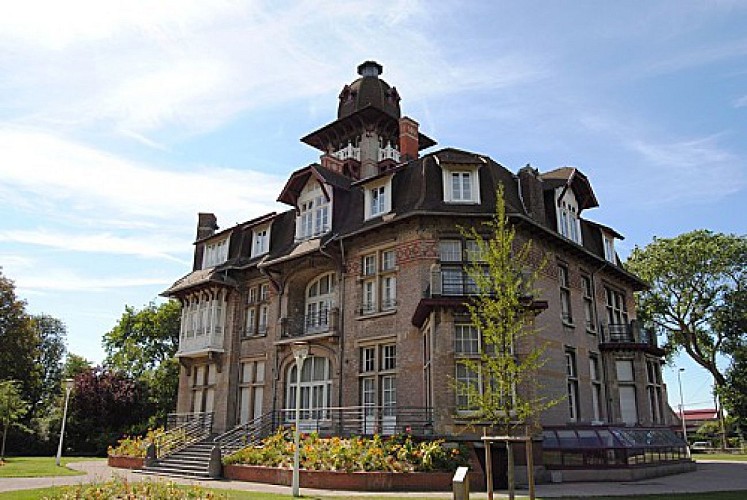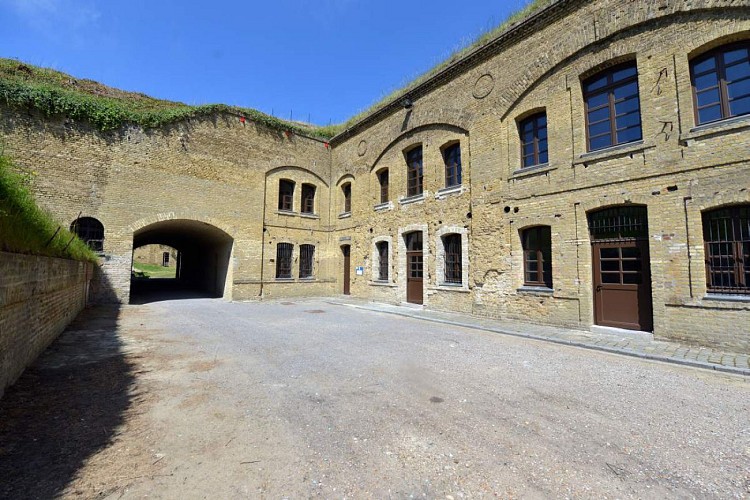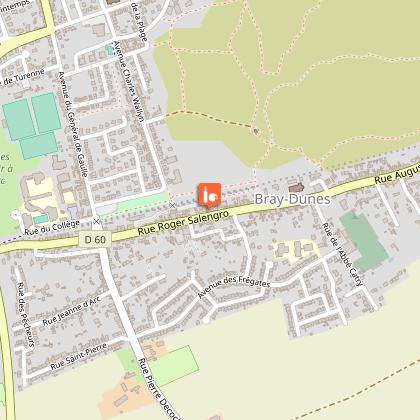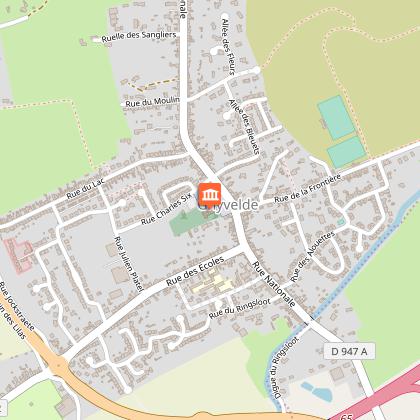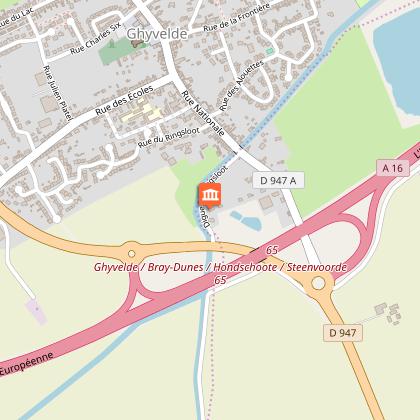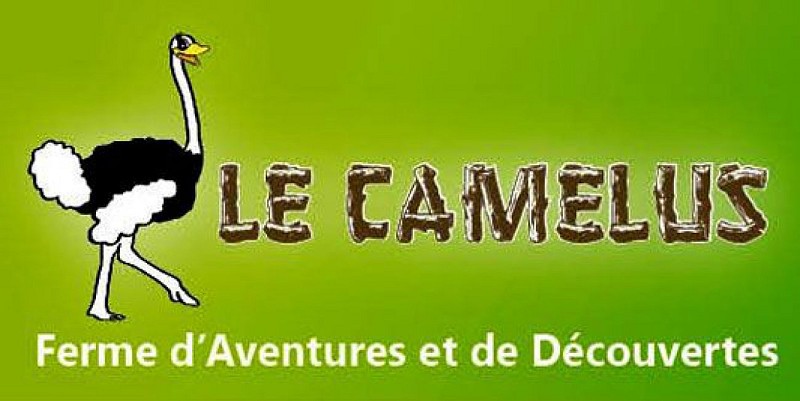Alerta
Alertas
Ruta en bicicleta por las dunas de Flandes
El resumen de Cirkwi
Imagina pedalear a través de las pintorescas dunas de Flandes, que engloban las encantadoras comunas de Leffrincoucke, Zuydcoote y Bray Dunes. Este viaje no es solo un paseo en bicicleta; es un viaje a través de paisajes pintorescos, desvelando la grandeza del Fort des Dunes y la serena belleza de las dunas Marchand, Dewulf y Perroquet. Diseñada por Xavier Lesaege, esta ruta ofrece más que un simple camino para bicicletas; proporciona una narrativa de esplendor natural y tranquilidad. Prepárate para envolverte en la brisa calmante y el encanto rústico de estas dunas históricas.
Resumen técnico breve
Esta ruta en bicicleta se extiende aproximadamente 25,23 km, con cambios de elevación mínimos, que van desde el nivel del mar hasta un modesto punto máximo de 10 metros. La ganancia total de elevación positiva es de alrededor de 14-15 metros, lo que indica un viaje relativamente plano ideal para ciclistas de todos los niveles. Es una ruta bien pensada por Xavier Lesaege, que ofrece un equilibrio entre un recorrido fácil y paisajes cautivadores, asegurando una experiencia agradable sin la dificultad de inclinaciones pronunciadas.
Consejos estacionales y de seguridad
Al embarcarse en esta ruta escénica, es importante tener en cuenta las variaciones estacionales en la región de Flandes. La primavera y el otoño ofrecen temperaturas suaves y senderos menos concurridos, ideales para paseos relajados. Sin embargo, viste ropa de verano para paseos más cálidos en julio y agosto, y prepárate con ropa resistente al viento durante las ventosas estaciones de otoño y primavera. En cuanto a la seguridad, siempre lleva agua contigo, especialmente en verano, y asegúrate de que tu bicicleta esté equipada con luces si te aventuras durante el amanecer o el anochecer, ya que algunas áreas de dunas pueden estar aisladas.
Visión de Dunkerque y Flandes
Dunkerque, junto con su región circundante de Flandes, cuenta con una rica historia y cultura. Desde su importancia estratégica en el comercio marítimo hasta su papel en diversos conflictos históricos, el territorio encapsula siglos de eventos fundamentales. Al recorrer esta zona en bicicleta, no solo se aprecia la belleza geográfica, sino que también se atraviesa tierras impregnadas de historias de resistencia y triunfo. Las propias dunas, fortificaciones naturales contra el mar, cuentan historias de batallas y victorias ecológicas, haciendo que cada pedalada sea un viaje a través del tiempo.
Patrones climáticos y mejores momentos para visitar
La región de Flandes experimenta un clima marítimo templado, caracterizado por temperaturas suaves y precipitaciones moderadas durante todo el año. El mejor momento para explorar las dunas en bicicleta sería, sin duda, a finales de primavera y principios de otoño, desde mayo hasta septiembre, cuando el clima es mayormente agradable y el paisaje natural está en su apogeo. Durante este período, los visitantes pueden disfrutar de horas de luz prolongadas, lo que lo hace ideal para paseos más largos a lo largo del hermoso paisaje de dunas.
IGN tarjetas







Informaciónes técnicas
Perfil altimétrico
Punto de partida
Puntos de interés
Autor de los datos

